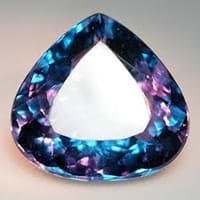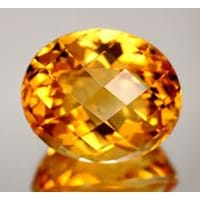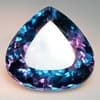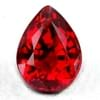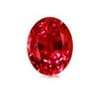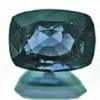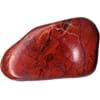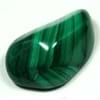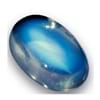Origin
Southern and central Africa, Switzerland, Yellow, blue, Switzerland, Yellow, blue
Brazil, Southern and central Africa, Madagascar, Color: yellow, Hardness: 7, Refractive index: 1.54 1.55, Density: 2.65 2.66, Chemical composition: SiO2, Crystal structure: hexagonal, Origins: Widespread; best stones come from Brazil. Citrine is one of the least expensive gemstones. Even very big pieces, 50 carats and more, can be easily found on the market. Greenish-yellow and orange stones are more valuable, and heat treatment is often applied to enhance the yellow color., Yellow, brown, Yellow, brown, Yellow, brown, Yellow, brown, Yellow, brown, Yellow, brown, Yellow, brown, Yellow, brown, Yellow, brown, Yellow, brown
Color
Red, Brown, Green, Yellow, Blue, Blue, Green, Yellow, Colorless, Pale pink, Red, White, Brown, Black, White, Yellow, Green, Red, Blue, pink
Yellow
Streak
White
Not Available
For which Rashi?
Scorpio, Aquarius, Pisces, Scorpio, Aquarius, Pisces, Scorpio, Aquarius, Pisces
Scorpio
Planet
Neptune
Sun, Jupiter
Element of Planets
Water, Air
Not Available
Energy
Projective
Projective
Finger
Not Available
Not Available
Ring Metal
Not Available
Not Available
Deities
Not Available
Persephone, Mercury
Not to wear with
Not Available
Not Available
Powers
Not Available
Protection, Psychic Power
Planetary
Not Available
Not Available
Talisman
Not Available
Not Available
Tenacity
Brittle
Not Available
Solubility
slightly water soluble and in hot hydrochloric acid
Not Available
Durability
Not Available
Not Available
Specific Gravity
3.00-3.25
2.65
Fracture
Subconchoidal, Uneven, ConchoidalWalter Schumann, Gemstones of the world (2001) More from other references
ConchoidalMichael OâDonoghue, Gems, Sixth Edition (2006), Gems, Sixth Edition (2006)
Cleavage
Octahedral, perfect on {111}, parting on {011}
Indiscernible
Chemical Composition
CaF2
SiO2
Pleochroism
AbsentWalter Schumann
Natural: weak; yellow light yellow.
Transparency
Transparent, Translucent, Transparent to translucent
Transparent
Refractive Index
1.432-1.436
1.544-1.553
Optic Character
Not Available
Not Available
Crystal System
cubic
Trigonal
Birefringence
Not Available
0.009
Clarity
Transparent
Transparent
Neurological
Not Available
Not Available
Cardiovascular
Not Available
Not Available
Respiratory
Not Available
Not Available
Reproductive
Not Available
Not Available
Digestive
Not Available
Not Available
Psychology
Not Available
Not Available
Healing
Not Available
Not Available
Qualities Associated
Not Available
Not Available
Fluorite Vs Citrine Fracture
Fracture is an important parameter when you compare Fluorite and Citrine Physical Properties. It is necessary to understand the significance of these properties, before you compare Fluorite Vs Citrine fracture. Whenever a gemstone chip breaks, it leaves a characteristic line along its breakage. Such lines are known as fracture and are used to identify the gemstones in their initial stages of production when they are in the form of rough minerals. Fracture is usually described with the terms “fibrous” and “splintery” to denote a fracture that usually leaves elongated and sharp edges. Fracture observed in Fluorite is Subconchoidal, Uneven, ConchoidalWalter Schumann and Gemstones of the world (2001) More from other references. Citrine fracture is ConchoidalMichael OâDonoghue, Gems, Sixth Edition (2006), Gems and Sixth Edition (2006).
Fluorite Vs Citrine Luster
A primary knowledge about Fluorite vs Citrine luster is useful in apparent identifications of these gemstones. Luster is the measure of light that gets reflected when incident on a finished cut gemstone. There are two major types of lusters: Silky and Adamantine. Since luster varies between two crystals of even the same gemstone, luster is limited to basic identification criteria. Fluorite exhibits Vitreous luster. Citrine, on other hand, exhibits Vitreous luster.
